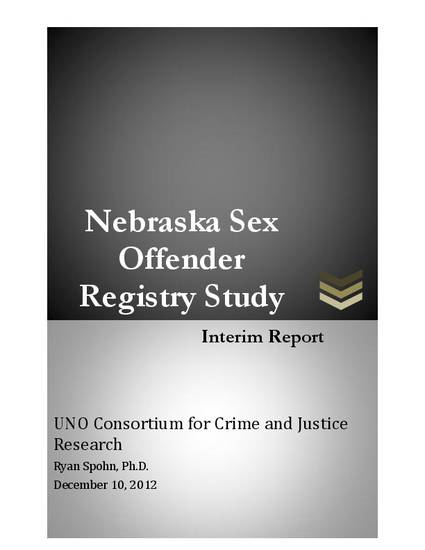
Sexual victimization is of great concern to the public, as evidenced by the legislative attention it has received over the last twenty years (Adkins, Huff, and Stageberg 2000; Levenson 2006; Sample and Kadleck 2008; Schram and Milloy 1995; Walker et al. 2005; Zevit 2006). To help increase public safety and address public concern, corrections departments nationwide have adopted some form of risk classification and assessment instrument for offenders who have been convicted of sex crimes (Richardson and Huebner 2006). Some of the most popular risk assessment instruments include the STATIC 99, RRASOR, MnSOST, SORAG, and ASRS (Richardson and Huebner 2006; Vess and Skelton 2010). These instruments have all been empirically validated and been found to accurately predict risk of reoffending, although with varying degrees (Blasko, Jeglic, and Mercado 2010; Scoones, Will, and Grace, 2012). Many states have adjusted this policy, however, to adhere to the federal standards of the Adam Walsh Act of 2006, by which offenders are to be classified by the type of crime committed, rather than the assessed risk to reoffend.
Available at: http://works.bepress.com/ryan_spohn/46/
